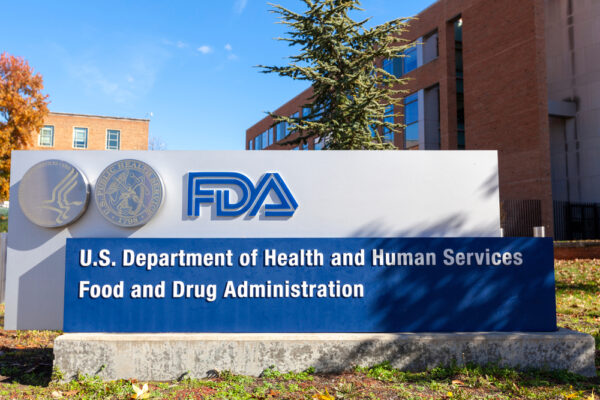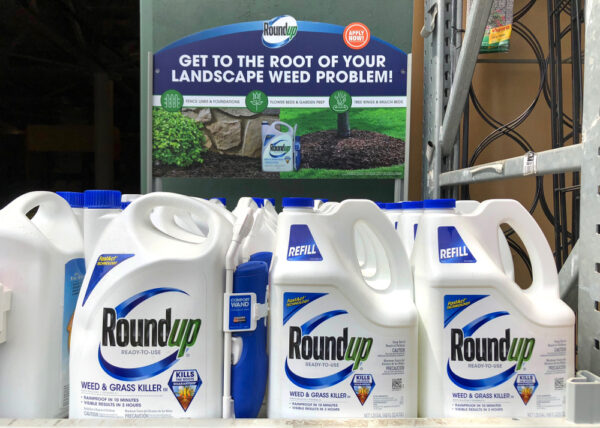The Supreme Court of Colorado took on this question in Walker v. Ford Motor Company, (2017 CO 102).
Forrest Walker (“Walker”) was rear-ended while driving his 1998 Ford Explorer in Boulder, Colorado. Upon impact, Walker’s car accelerated forward and his car seat went backward. Walker says he sustained head and neck injuries in the crash, and he sued the other driver and Ford Motor Company (“Ford”) to recover for those injuries. Walker settled with the other driver, but went to trial against Ford on strict liability and negligence. He claimed that the seat was defective in its design, and that Ford was negligent for failing to take reasonable care in the design and manufacture of its product to prevent an unreasonable risk of harm.
Walker’s case was tried to a jury in 2013. During trial, Ford and Walker both offered extensive testimony from experts on the design of the car seat. Ford’s experts explained the concept behind yielding seats, saying they absorb energy that would otherwise impact the driver in a crash, and testified to the benefits of such seats in collisions like Walker’s. Walker’s experts testified that, although car seats should have some yield, the seat in the 1998 Ford Explorer needed to be stronger, and that in 1998 Ford should build a stronger seat with a better head restraint. During closing arguments, Walker’s attorney appealed to the jury to use “common sense” and suggested it could conclude the seat was unreasonably dangerous by “looking at what happened” to the seat, “without having to decide who’s right among the experts on the liability issues.”
Ford asked that the jury be instructed to assess the dangerousness of the car seat using the risk-benefit test. Walker requested the consumer expectation test. The trial court gave the jury an instruction allowing it to apply either test.
The jury found for Walker and it awarded him nearly $3 million plus interest. Ford appealed the verdict. The court of appeals reversed the jury’s verdict. The court held that the trial court erred by instructing the jury separately on the consumer expectation test, because the test is included as an element of the risk-benefit test.
In making the determination as to whether a product’s design is unreasonably dangerous, this Court has recognized two tests: the consumer expectation test and the risk-benefit analysis. The consumer expectation test asks whether a product performed as safely as an ordinary consumer would expect, and the risk-benefit test asks a different question: whether the benefits of a particular design outweigh the risks of harm it presents to consumers.
Walker claims that the jury instruction stated Colorado law correctly, and the jury’s verdict should stand. This Court disagrees. This Court has repeatedly stated the risk-benefit test, not the consumer expectation test, is the proper test to use. The Court pointed out that products-liability law encourages manufacturers to use the information learned from testing and data analysis. Using the risk-benefit test furthers this objective.
In the instant case, the Court concludes that the trial court erred by instructing the jury on the consumer expectation test. The parties provided the jury with extensive expert testimony regarding testing data, seat rigidity, restraint systems, risks and benefits, and feasible design alternatives. Applying that evidence includes the application of scientific and technical principles. Therefore, the proper test for the jury to use in its determination of the dangerousness of the seat design was the risk-benefit test.
For the reasons stated above, we affirm the court of appeals, and remand the case for further proceedings consistent with this opinion.
The Metier Law Firm is committed to assisting people with personal injury claims throughout Colorado, Wyoming and Nebraska, and we frequently serve as co-counsel to law firms nationwide. Tom Metier recently secured the largest personal injury verdict in Colorado

Nationally recognized litigation attorney Thomas Metier practice areas include traumatic brain injuries, spinal cord injuries, trucking accidents and motor vehicle accidents. He is licensed to practice in Colorado, Wyoming, the U.S. District Court–District of Colorado, and the U.S. District Court–District of Wyoming, the 10th Circuit Court of Appeals and the U.S. Supreme Court.













Comments for this article are closed.